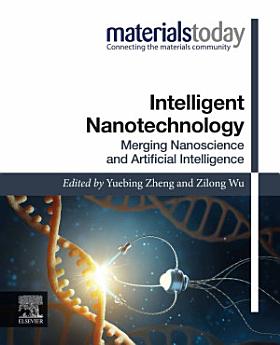Intelligent Nanotechnology: Merging Nanoscience and Artificial Intelligence
Über dieses E-Book
Bewertungen und Rezensionen
Autoren-Profil
Yuebing Zheng is an Associate Professor of Mechanical Engineering and Materials Science & Engineering at the University of Texas at Austin, USA. He is also affiliated with the Department of Electrical and Computer Engineering, Department of Biomedical Engineering, Texas Materials Institute, Center for Electrochemistry, and Center for Planetary Systems Habitability at the University of Texas at Austin. He received his B.Sc. in Physics from Nankai University, China, in 2001; M.Sc. in Physics from National University of Singapore, Singapore, in 2004; and Ph.D. in Engineering Science and Mechanics from the Pennsylvania State University, USA, in 2010. He was a postdoctoral researcher at the University of California, Los Angeles from 2010 to 2013, and joined the University of Texas at Austin as an Assistant Professor in the Fall of 2013. Zheng Research Group (http://zheng.engr.utexas.edu ) at the University of Texas at Austin explores intelligent nanophotonics, which merges artificial intelligence and photonics at the nanoscale, to advance nanomanufacturing, energy, global health, and life sciences. He received 2020 Texas Health Catalyst Award, 2019 University Co-op Research Excellence Award for Best Paper, 2018 Materials Today Rising Star Award, 2017 NIH Director’s New Innovator Award, 2017 NASA Early Career Faculty Award, 2017 ONR Young Investigator Award, 2015 3M Non-Tenured Faculty Award, and 2014 Beckman Young Investigator Award. He is a fellow of the Institute of Physics, a fellow of the Royal Society of Chemistry, and a senior member of the Optical Society of America.
Zilong Wu received his Ph.D. in Materials Science and Engineering (with Prof. Yuebing Zheng) from the University of Texas at Austin in 2018. He received his M.Sc. degree in 2014 from the Fudan University and his B.E. degree in 2011 from the Sun Yat-sen University. He is currently a Postdoctoral Fellow in the Texas Materials Institute at the University of Texas at Austin. His research focus is on innovating novel optical materials and techniques at the nanoscale.




